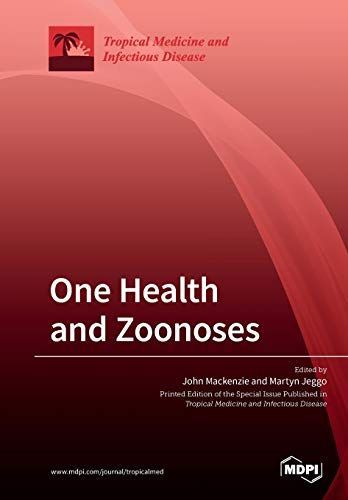
One Health and Zoonoses
The One Health concept recognizes that the health of humans, animals, and their ecosystems are interconnected, and that a coordinated, collaborative, multidisciplinary, and cross-sectoral approach is necessary to fully understand and respond to potential or existing risks that originate at the animal–human–ecosystems interfaces. Thus, the One Health concept represents a holistic vision for addressing some of the complex challenges that threaten human and animal health, food safety, and the environments in which diseases flourish. There are many examples showing how the health of humans is related to the health of animals and the environment. Diseases shared between humans and animals are zoonoses. Some zoonoses have been known for many years, whereas others have emerged suddenly and unexpectedly. Over 70% of all new emerging diseases over the past few decades have been zoonoses that have emerged from wildlife, most often from bats, rodents, or birds. Examples of zoonoses are many and varied, ranging from rabies to bovine tuberculosis, and from Japanese encephalitis to SARS. Clearly, a One Health approach is essential for understanding their ecology, and for outbreak response and the development of control strategies. However, the One Health concept and approach is much broader than zoonoses; it extends to including antimicrobial resistance, food safety, and environmental health and, consequently, impacts on global health security, economic wellbeing, and international trade. It is this breadth of One Health that connects the papers in this Special Issue.